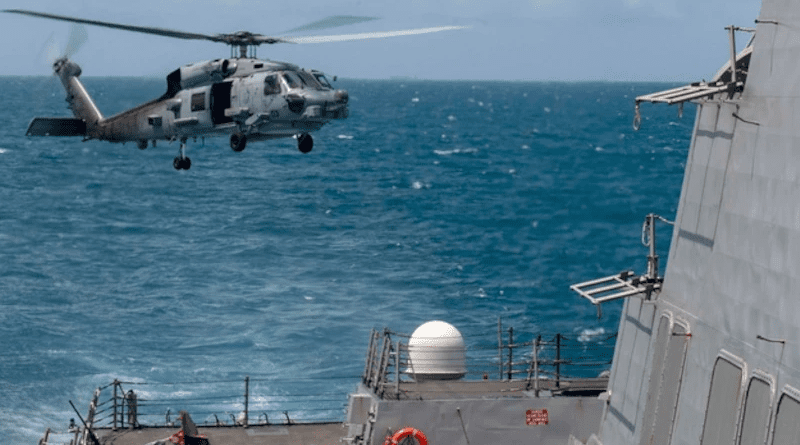Pentagon: Taiwan Has Proven Possibilities Of Alternative Path To Chinese Communist Party
By DoD News
By Terri Moon Cronk
In stark contrast to deepening authoritarianism and oppression in the People’s Republic of China, Taiwan has proven the possibilities of an alternative path to the Chinese Communist Party, the assistant secretary of defense for Indo-Pacific security affairs, told a Senate panel Wednesday.
Ely Ratner testified before the Senate Foreign Relations Committee on the future of U.S. policy in Taiwan.
“Unfortunately, although the PRC publicly advocates for peaceful unification with Taiwan, leaders in Beijing have never renounced the use of military aggression,” he told Senate members. “In fact, the [The People’s Liberation Army] is likely preparing for a contingency to unify Taiwan with the PRC by force while simultaneously attempting to deter, delay or deny third-party intervention on Taiwan’s behalf.”
The PRC threat to Taiwan, however, is not limited to invasion or blockade, he noted, adding the PLA is conducting a broader coercive campaign in the air and maritime domains around Taiwan. “These operations are destabilizing, intentionally provocative, and increase the likelihood of miscalculation,” Ratner said.
Nevertheless, he added, although the PLA’s actions are real and dangerous, and PLA modernization is unlikely to abate, the PRC can still be deterred through a combination of Taiwan’s own defenses, its partnership with the United States and growing support from like-minded democracies.
Through smart investments and key reforms, Taiwan can send a clear signal that its society and armed forces are committed and prepared to defend Taiwan, Ratner said, adding, “Without question, bolstering Taiwan self-defenses is an urgent task and an essential feature of deterrence.”
Tsai Ing-wen, the president of the Republic of China, has prioritized the development of asymmetric capabilities for Taiwan’s self-defense that are credible, resilient, mobile, distributed and cost-effective, he noted. “Asymmetric capabilities, however, are only one part of the deterrence equation. Taiwan must complement investments in these critical capabilities with equal focus on enhancing resilience, supporting civil-military integration and building a strategy that includes defense in depth.”
In addition to the provision of defense, arms and services to Taiwan, the Defense Department remains committed to maintaining the capacity of the United States to resist the resort to force or other forms of coercion that might jeopardize the security of the people on Taiwan, he said, noting, “and let me be clear that this is an absolute priority.”
The PRC is DOD’s pacing challenge and a Taiwan contingency is the pacing scenario, Ratner said. “We are modernizing our capabilities, updating U.S. force posture and developing new operational concepts accordingly. [The] department’s efforts to deter PRC aggression and enhance Taiwan’s defenses will not be in isolation. Countries throughout the Indo-Pacific and beyond recognize the PRC aggression against Taiwan would have serious consequences for their own interests in our increasingly voicing concerns about PRC coercion and potential aggression against Taiwan.
“As evidenced by a number of recent multilateral operations and exercises, the department is focused on enhancing our regional cooperation as a means of bolstering deterrence,” he said.

